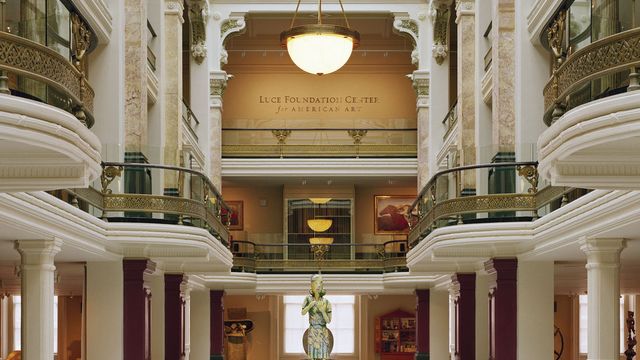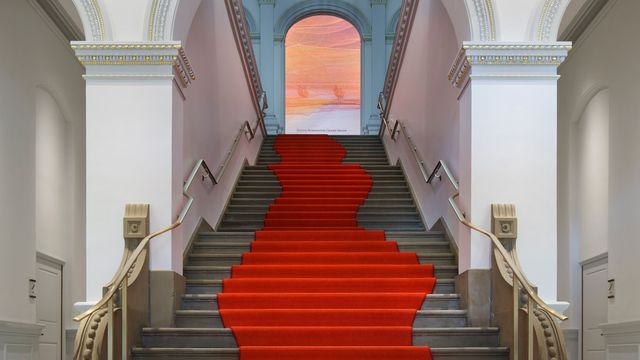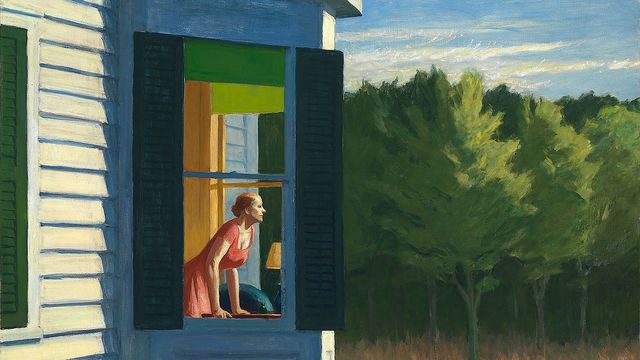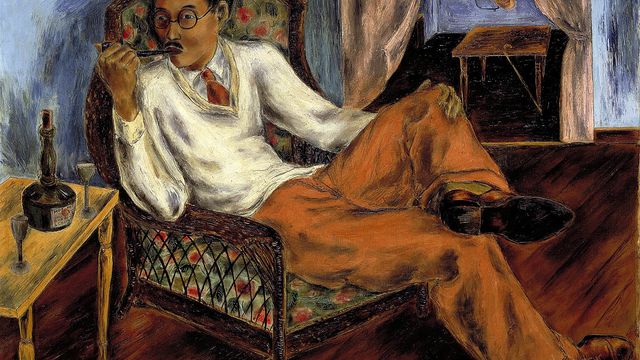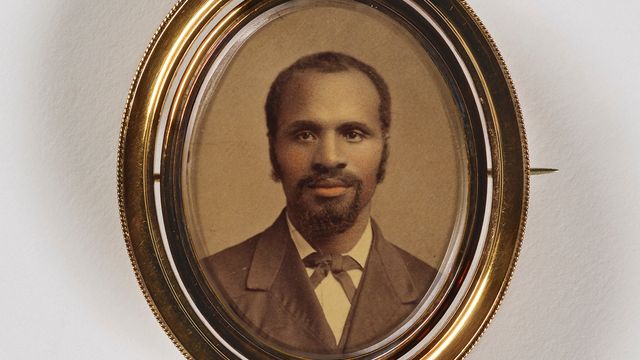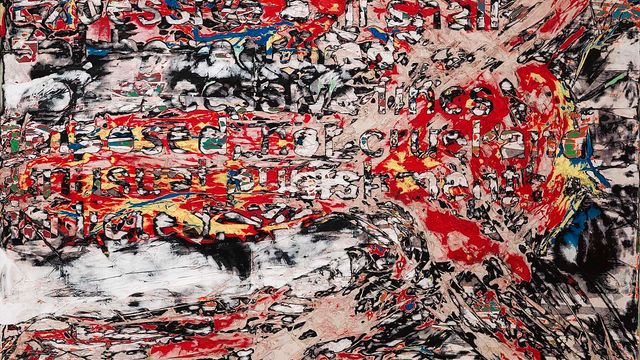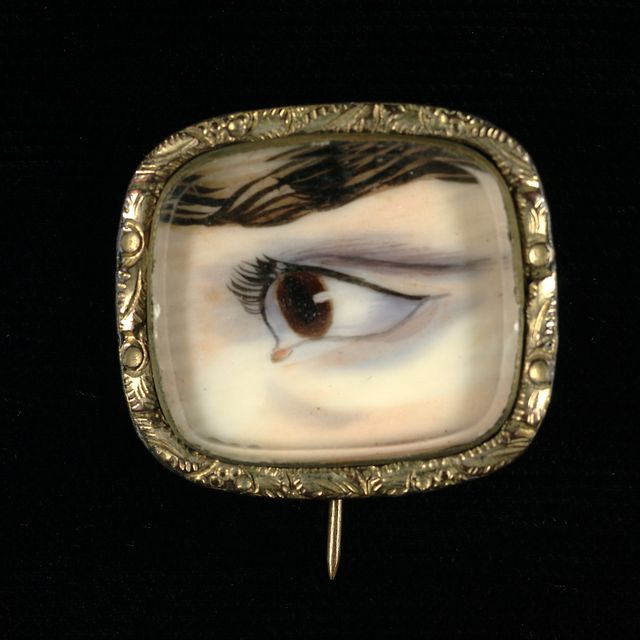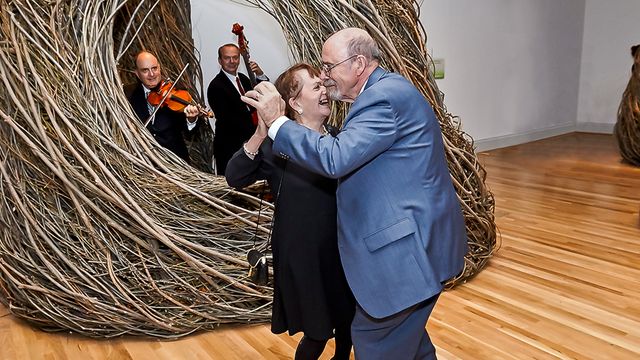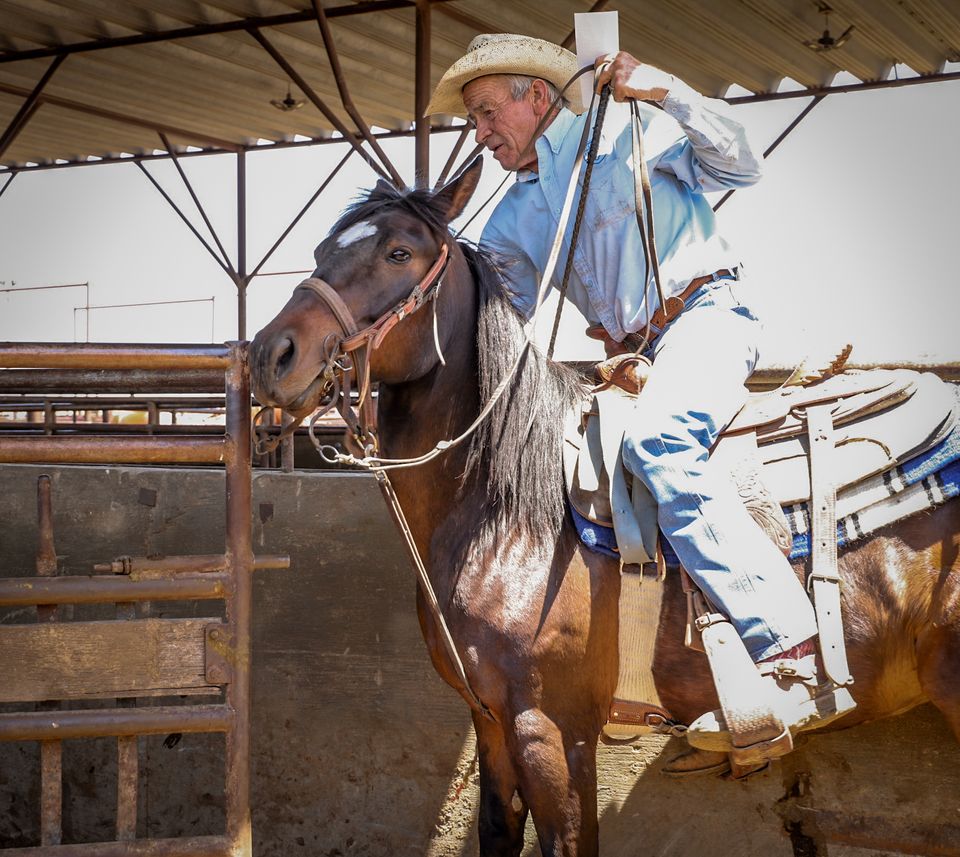
- Description
This lesson prompts deep discussion and examination of historical photography through the thinking routine “Five Lenses.”
- Grade
- 8-12
Big Ideas
- Looking closely at photographs of communities through different lenses can help students practice perspective taking and question development based on their own observations.
- Practicing critical thinking skills like reasoning with evidence and identifying gaps in understanding makes students more adept at using primary sources, like historical photographs.
Learning Outcomes
By the end of the lesson, students will be able to:
- Compare and contrast different photographic images.
- Create connections between photographic images and personal ideas of community.
- Construct open-ended questions using the five lenses about different photographic images.
Teacher Preparation
- Use this link to the search the collections of the Smithsonian American Art Museum: https://americanart.si.edu/.
- Type in your state or a state in your region with the word ‘photograph’.
- Choose historical photographs from your state or a state in your region.
- Print out photographs of your state or a state in your region for all the students in your class. Repeats are okay!
- 3. Review Project Zero thinking routines focused on perspective taking:
- Optional reading on the mechanics of photography from Adobe:
- Photography tips and tricks from the National Portrait Gallery:
Lesson Structure (45 minutes):
Warm Up
Frame the lesson: The Smithsonian will be celebrating the 250th anniversary of the signing of the Declaration of Independence in 2026. We invite students nationwide to document their own communities in photos and oral histories for an online exhibition on the Smithsonian American Art Museum website.
Activities
Frame the activity: Photographs tell a story like portraits do. First, we'll look at historical photos of our state or region and consider what messages they send. Then, we’ll all look at the same photo through different lenses to uncover ways that seemingly simple pictures can be complex. Finally, we’ll formulate some questions.
1. Building familiarity with images:
Distribute photographs to each student. Have the students stand in two concentric circles, with an equal number of students in each circle. The outer circle will face in. The inner circle will face out. The students facing each other from each circle create conversational pairs, discussing the following questions. Compare your photograph to your conversational partner’s photograph.
What are three things you observe that are different between your photographs?
What are three things that are the same?
After students finish discussing their photographs, the outer circle rotates down one student so students will have a new conversational partner. Repeat three times.
2. Interpret the images collectively:
Have the two circles make one big circle, with each student placing their image on the floor or table in the middle of the circle, so the photographs can be seen together.
In what ways are the images connected?
How do they connect to something you already know about?
What story might the photographs tell about this community?
Frame the activity: During the Bicentennial celebration in 1976, the National Endowment for the Arts created a grant program that funded a series of photographic surveys. Between 1976 and 1981, over 200 photographers were paid to portray a wide range of people and places in America. Eventually 36 states (West Coast, Midwest, Northeast, and South) were all documented. The photographers tried to depict a broad and diverse portrait of the American experience.
3. Look through the lenses:
Display one of the photographs on the board. Have students focus on it.
What do you see here?
What do you think about what you see?
Now let’s all look at this same photograph in multiple ways. The challenge is to generate questions from those perspectives.
Describe and answer questions about the five lenses described below. Assign groups of students one lens from the lenses listed below. Have students generate three questions from the lens assigned to their group.
- Cultural – Look with a focus on factors like traditions, rituals, and values that are passed along, generation to generation. What open-ended questions might you ask from that perspective? List three.
- Governmental – Look with a focus on the influence of laws and policies. What open-ended questions might you ask from that perspective? List three
- Economical – Look with a focus on industry and wealth. What open-ended questions might you ask from that perspective? List three.
- Technological – Focus on evidence of tools, innovations, and technologies. What open-ended questions might you ask from that perspective? List three
- Geographical – Focus on the features of the land and climate and the ways humans interact with their environment. What open-ended questions might you ask from that perspective? List three.
Gather questions: Work with your group to choose just one of your questions that you think would unlock important information about the image. Choose a speaker to describe the lens and then share that question out loud.
Wrap Up and Assessment
Building a toolkit to collect community portraits:
In building our toolkit for the Creating Portraits of Community project, our last lesson used the elements of portrayal to analyze different portraits.
Can we recall and apply an element of portrayal to the photographs we looked at in this lesson?
Now thinking about and reflecting on the five lenses together with the elements of portrayal, how did looking through your group’s lens shift your attention when looking at a photograph?
Do the elements of portrayal and the five lenses help to bring out stories of community? Why or why not?
Optional lesson add-on: Taking Photos
Have students practice taking photos in the classroom or around your school with the elements of portrayal and the five lenses in mind. Depending on phone use rules in your school, have students use the camera on their phone or a digital camera.
Photographs can be of anything of interest to the student. The exercise is to have them get used to thinking about what they want to capture and why.

